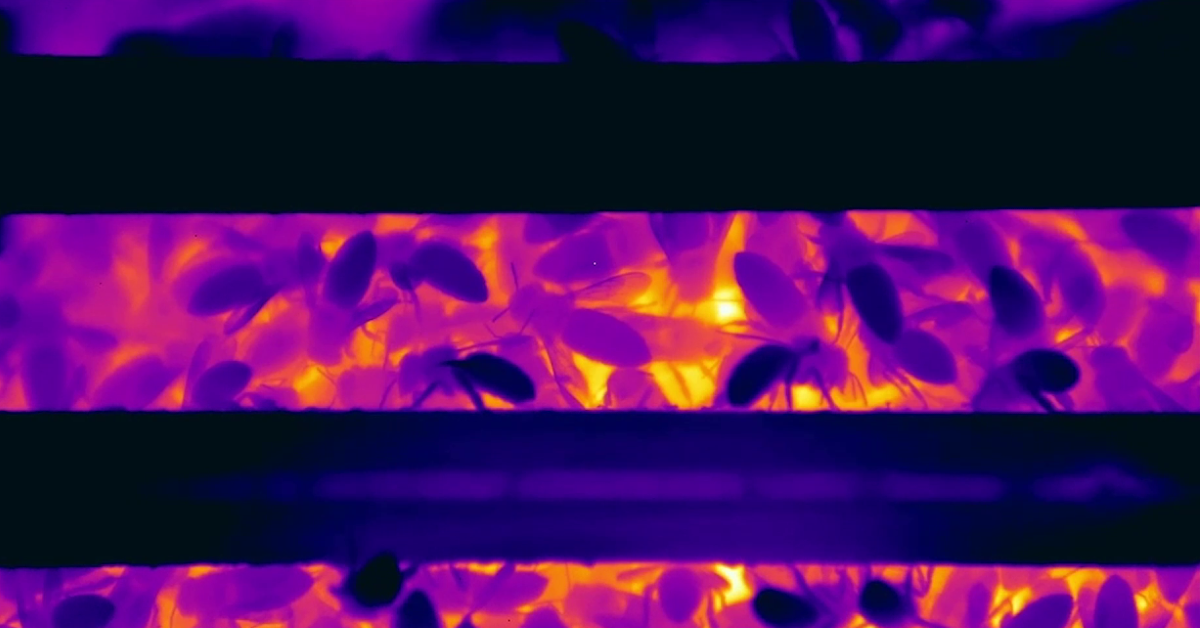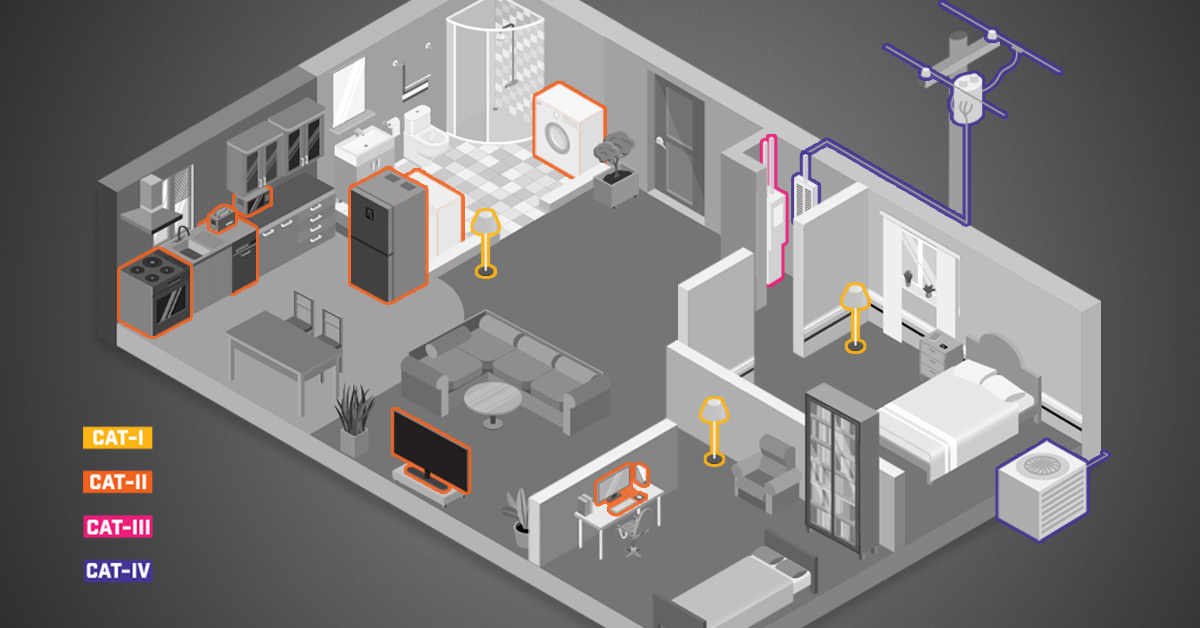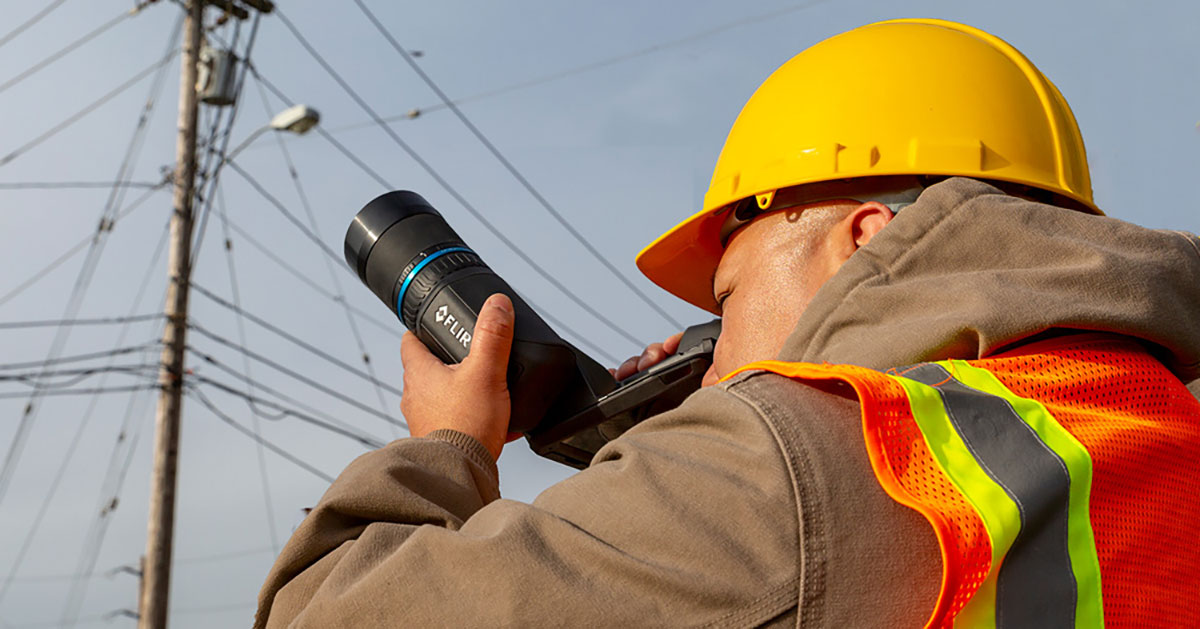Insect Inspection: Hidden Behavior of Bees Revealed by FLIR Thermal Imaging in New Research

Since colony collapse disorder hit US hives in 2006, there has been much misinformation around the humble honeybee and its reportedly dwindling numbers around the world. But what do we really know about what goes on inside a beehive?
Two UK researchers are on a mission to uncover the behaviour of the bees deep inside the hive, modernising outdated knowledge about one of nature’s best-loved pollinators.
Using high-performance thermal cameras to unlock a hidden realm of research, artist and filmmaker Barbara Keating is delving deep into the beehive to witness the insects inside their natural habitat in a year-long study, supported by award-winning cinematographer and conservationist James McAleer.

Unique insights: science meets cinematography
Once a month, for a full 24-hour period, Barbara and James take turns to monitor the IR camera feed and record the behaviour of the bees, making sure to note any anomalous acts. Indeed, her 3am emails prove that she is always alert and ceaselessly searching for the next breakthrough.
With responsive Teledyne FLIR thermography, the pair are able to monitor the insects in minute detail - down to even the most imperceptible movements of their wings. Crucially, their research is already demonstrating behavioural patterns that were previously unobservable without disturbing the hive.
She’s now on the cusp of releasing fascinating information that could make us re-examine what we know about bees and their behaviour.
The bees bare all: an extensive ‘in the field’ study
Many of the studies into bees’ behaviour are either hypothetical or lab-based. But this can be incredibly limiting as laboratory environments leave little room for the complex effects that different ecosystems have on the bees and how it can shape their behaviour.
Those studies that are conducted in the field have (as far as we know) focused predominantly on using conventional imagery - but no-one has combined this with real-time radiometric data over such an extensive period. The unparalleled duration of this in-depth study is set to make it a ‘must-see’ for those in the field.
Keating and McAleer’s cutting-edge, year-long experiment takes both of these factors into account, nesting in an enclosed urban monitoring site within reach of varied forage in the centre of Newcastle.

Observe without impeding: an observational study
“When you get under the surface of the hive and you start to look at bees individually as well as a collective, there's all sorts of activity that you just wouldn't know about the way that they communicate with each other,” enthuses James. “The way they share feed and heat in particular is fascinating to observe. We really are collecting data we think nobody's collected before.”
While the exact details of their never-been-seen research data can’t be specified quite yet, Barbara notes that the behaviours they are observing appear to contradict current teachings and practice - which could have widespread implications across the field of apicology (the scientific study of honeybees) as well as our understanding of ecosystems as a whole.
Swatting the syllabus: research contradicts teachings
“The idea of IR occurred to me as I wouldn’t need to disturb the colony,” explains Barbara. “So, I’d be able to observe them without intruding and altering their behaviour, which is crucial to objective research.
“Having the FLIR camera has been an absolute revelation! We’ve noticed that certain behaviours are not as we’re told on beekeeping courses and at lectures and meetings. It’s absolutely unreal.”

Keating gives the specific example of beekeepers being persistently told to remove barriers from the hive during winter to ensure bees of all sizes can move around freely and consume honey from the hive’s store. Beekeepers are normally told to remove the ‘queen excluder’ [a sieve-like mechanism that keeps the queen and larger bees in place] or the colony will die. This is because the large queen bee will be unable to pass through and as the colony won’t leave her behind, they will all starve over winter - but her observations buck this belief.
When it comes to heating up and cooling down the hive, Keating explains that the bees’ behaviour is almost hypnotic to observe: “They vibrate their flight muscles to create heat, but then that heat needs to be distributed around and they do this by fanning their wings to create convection currents inside the hive.
“I'm trying to isolate very particular areas of warmth for study and the FLIR cameras are actually capturing all the radiometric data - so I put all of this information through FLIR Thermal Studio to better analyse it and delve into the finer details.
“For me as an artist that's quite exciting, because I'm interested in things that are beyond human perception. Of course, I can’t say what it will achieve in scientific terms until some scientists have analysed it - that is a whole other project in itself.”
There are currently no known instances of any similar test operating on the same scale or technological parameters as Keating and McAleer’s infrared operation.


